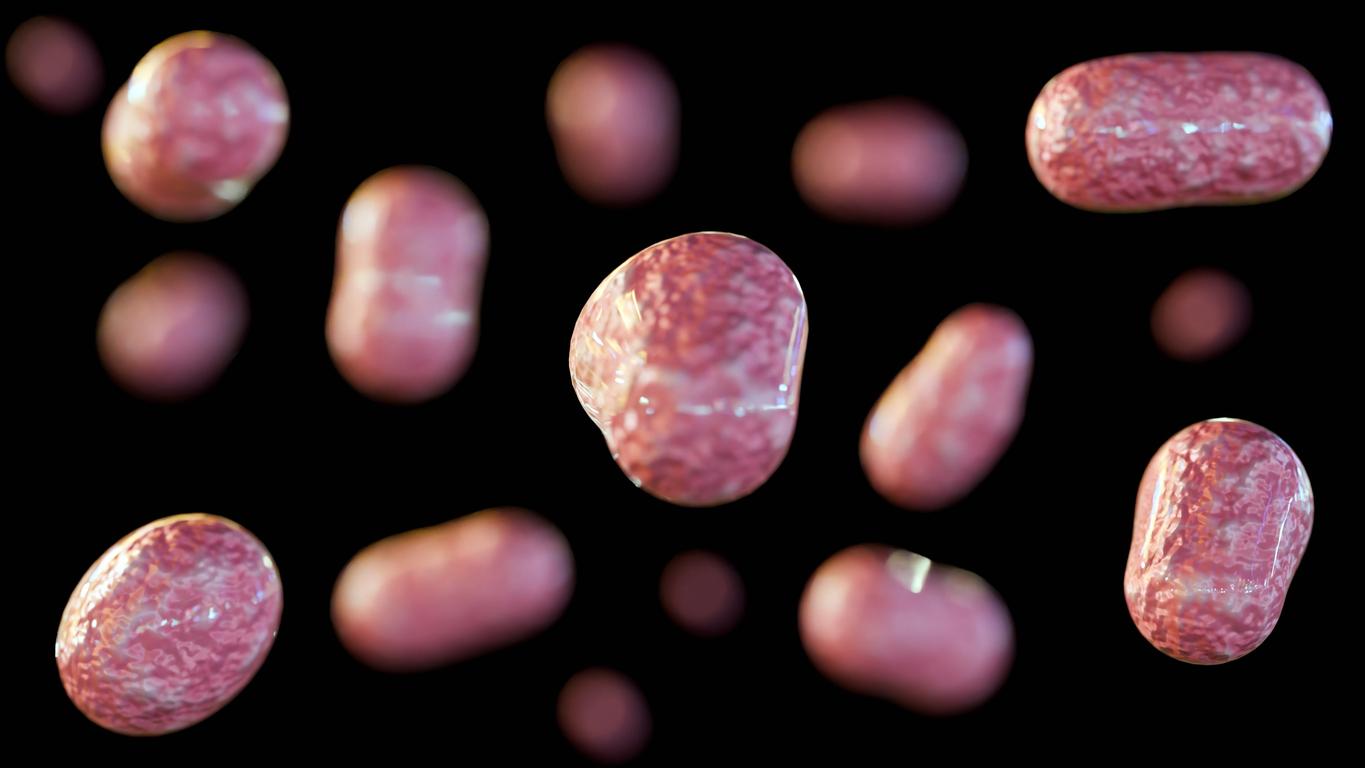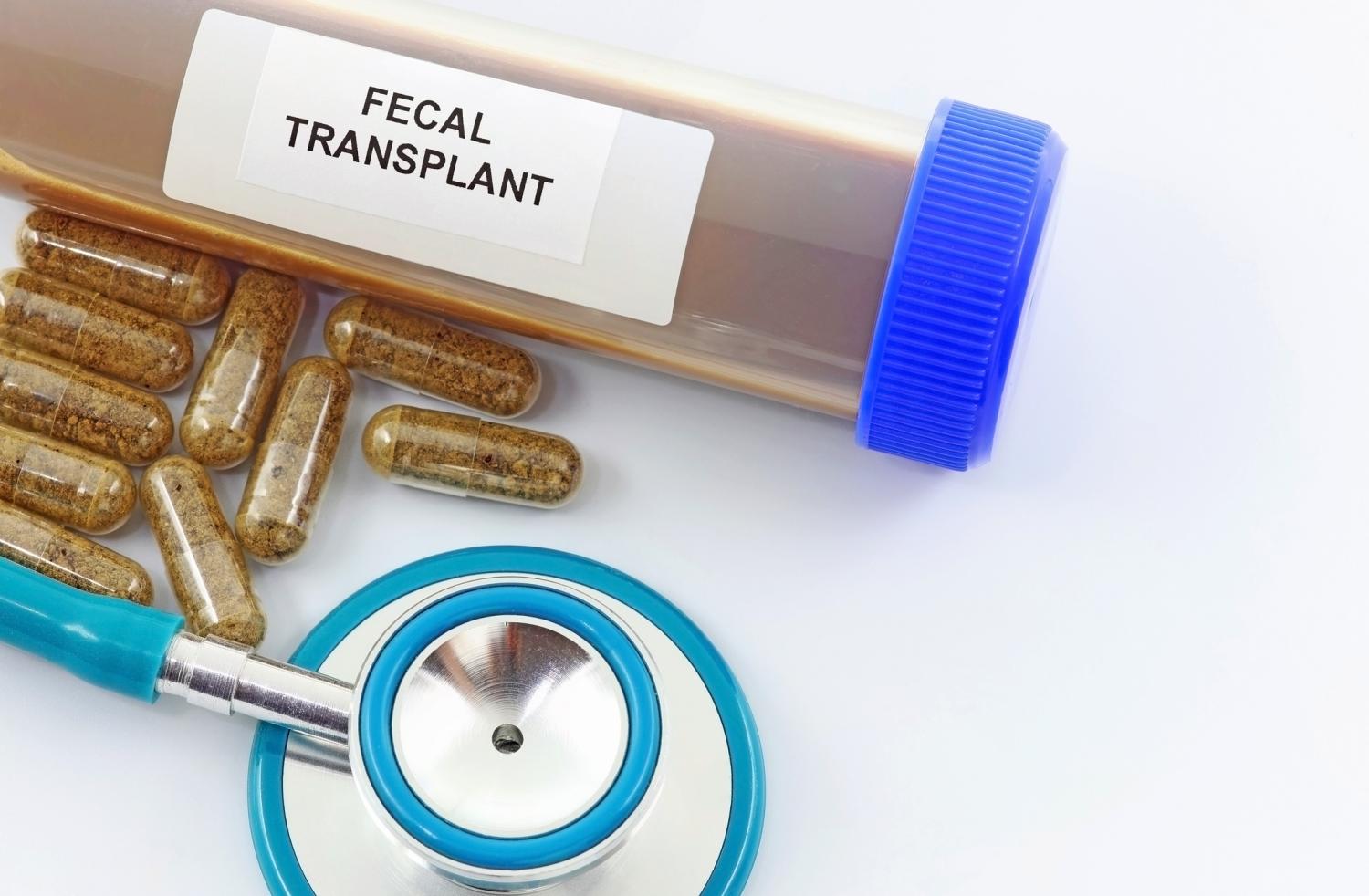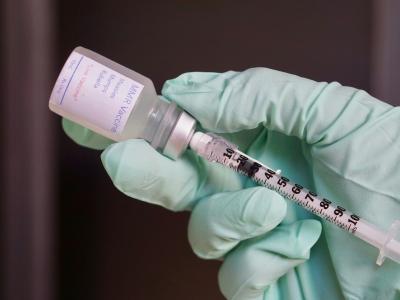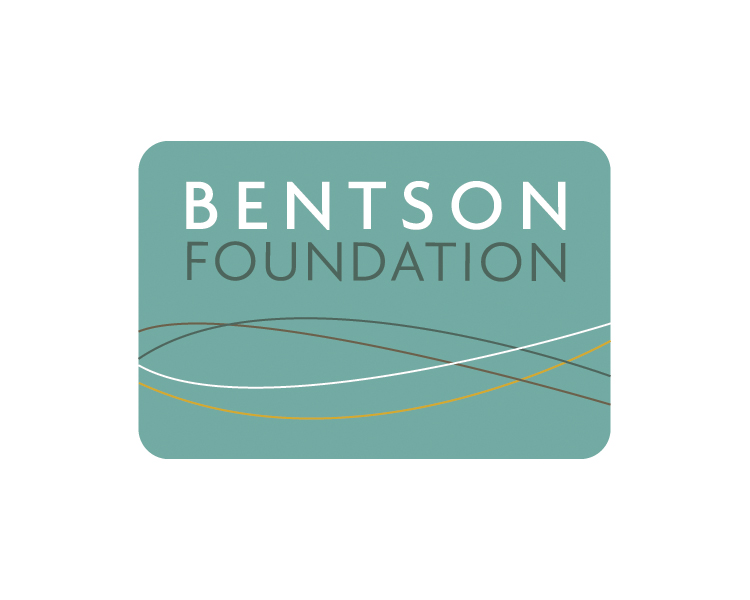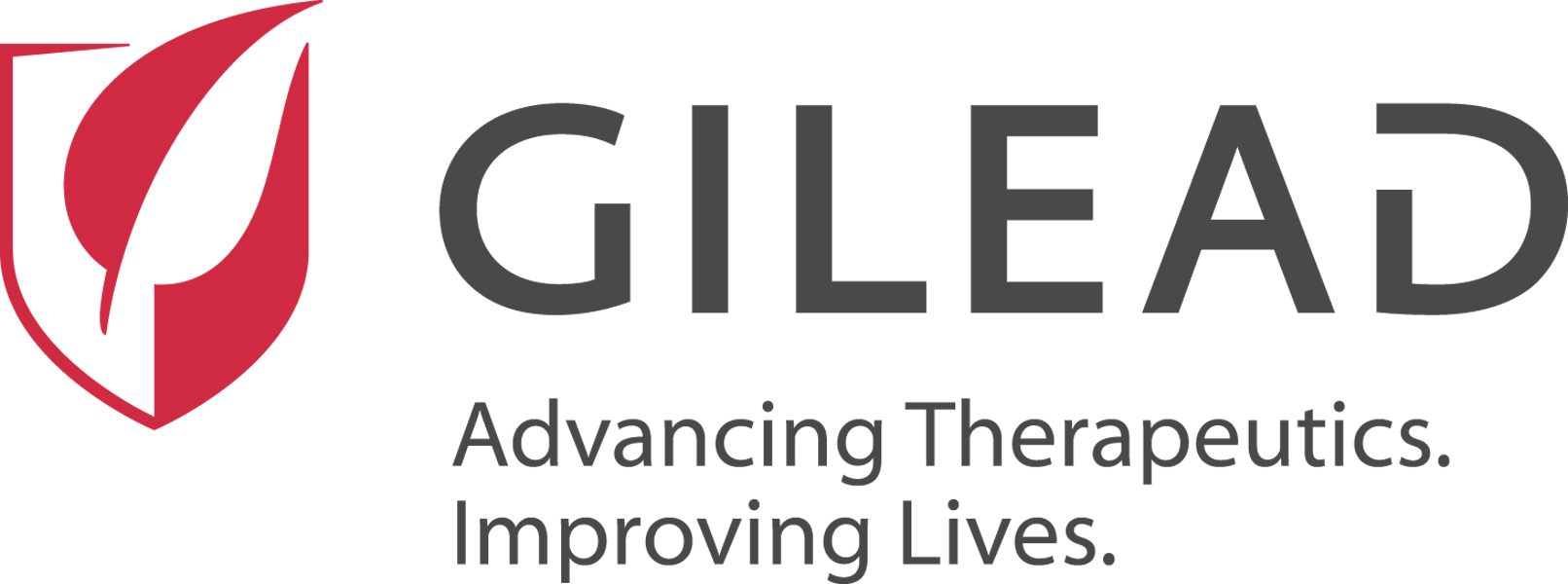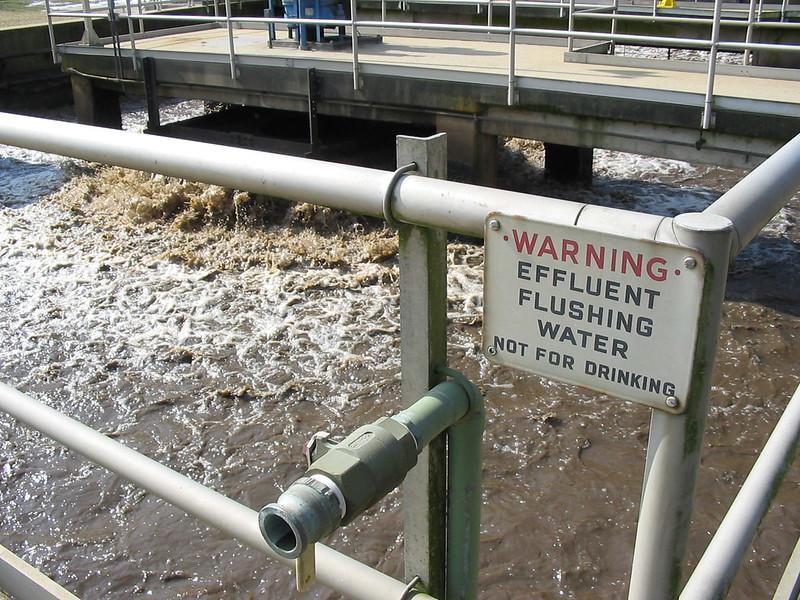
A new study from the University of Minnesota found that SARS-CoV-2 levels in wastewater accurately predicted the subsequent COVID-19 case count the following week in the community, adding further evidence to the usefulness of wastewater detection.
The observational study was published today in the Journal of Infectious Diseases. The authors said the study was conducted to assess the usefulness of wastewater detections for COVID-19 now that widespread community immunity has been obtained through infection and vaccination.
Determining epidemiologic trends of virus spread and the burden of disease at the community level has become challenging.
“Determining epidemiologic trends of virus spread and the burden of disease at the community level has become challenging. Tracking the spread of infection throughout the community as well as the emergence of new variants remains important,” the authors wrote.
The study took place from January 2022 through August 2024 and analyzed the correlation between symptomatic COVID-19 in healthcare employees and SARS-CoV-2 wastewater community levels in 215 wastewater samples from the Twin Cities Wastewater Treatment Plant.
Three distinct surges seen
During the study period, there were 6,879 positive SARS-CoV-2 test results reported to Fairview Employee Health from people who lived in the wastewater catchment area. All non–remote work Fairview Health employees must present evidence of a positive COVID-19 test result prior to being excused from work.
“In the 32 months of our study, we observed 3 distinct surges in case counts and correlative levels of virus in wastewater,” the authors wrote. The surges, which took place in January 2022, July 2023, and June 2024 were characterized by a rapid increase in case counts and quantity of virus in wastewater.
In two models used by the authors, the surges in wastewater detection accurately predicted case counts for the following week.
“These data unequivocally demonstrate that levels of SARS-CoV-2 in wastewater predict the frequency of symptomatic COVID-19 in the community approximately a week in advance of the clinical cases,” they concluded.
